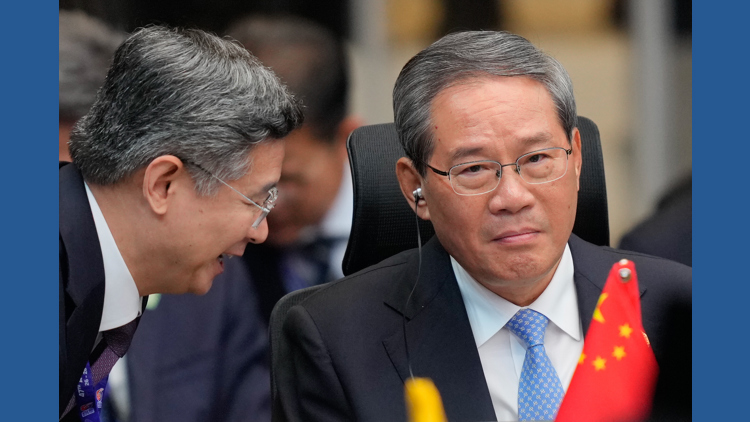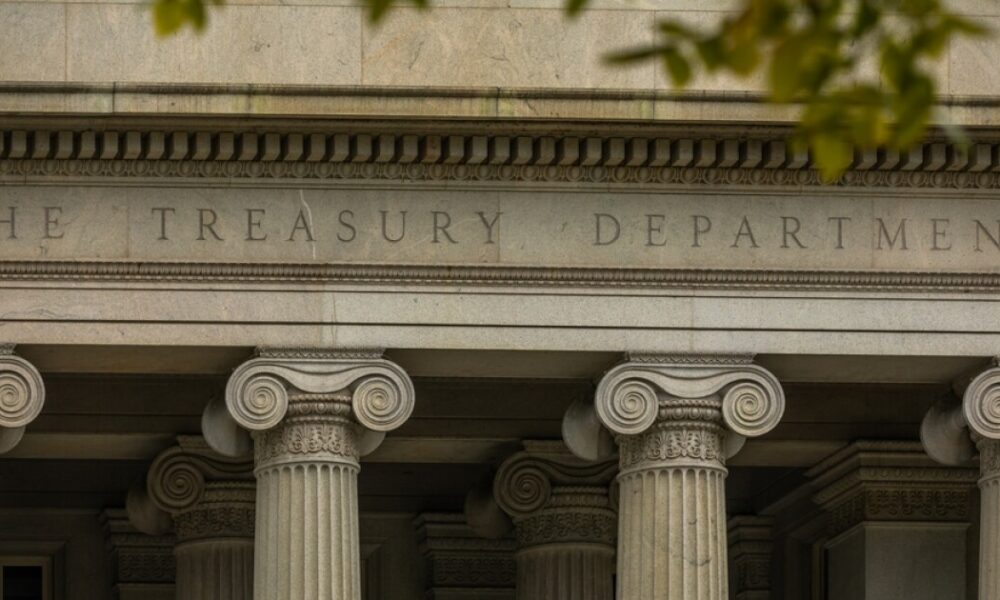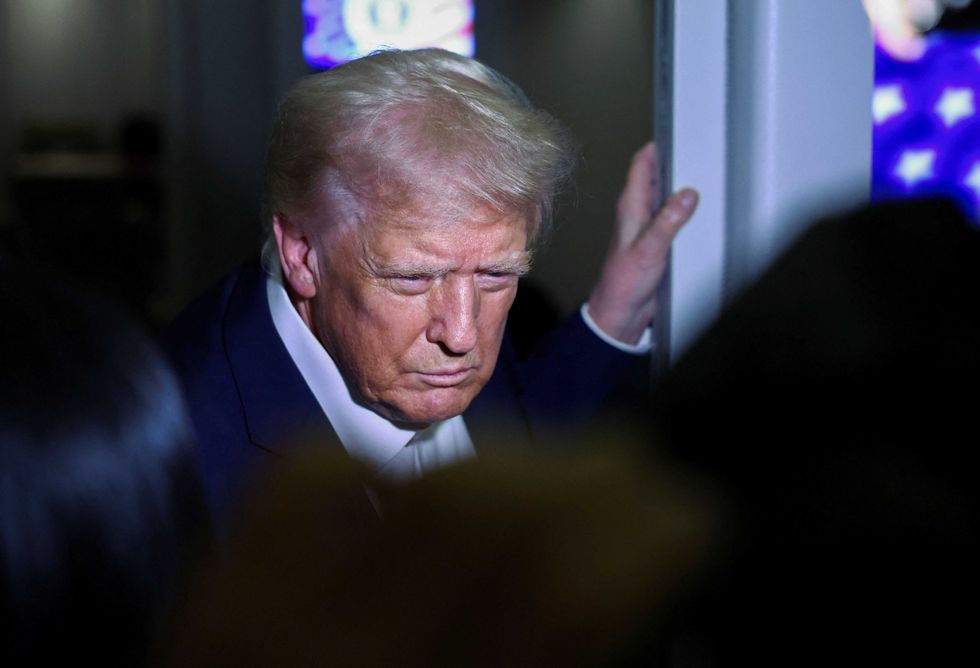UPDATE: Australian Prime Minister Anthony Albanese just confirmed critical discussions with Chinese Premier Li Qiang regarding a significant $8.5 billion minerals deal with the United States during a meeting in Kuala Lumpur on October 23, 2023. The talks also covered a recent encounter involving a Chinese warplane, highlighting rising tensions in the South China Sea.
In a bilateral meeting on the sidelines of the ASEAN Summit, Albanese described the atmosphere as “positive,” marking their seventh encounter. “This is a relationship that has improved; that is stabilizing,” he emphasized, as Australia and China seek to mend ties strained by previous trade barriers that cost Australian exporters up to $13 billion annually.
Albanese reported that he shared details about his recent visit to the U.S., where he and President Donald Trump solidified the minerals agreement, crucial for addressing global supply chain concerns amid China’s tightening export regulations on critical resources. “We talked about the relationship with the U.S.,” Albanese stated, underscoring the significance of ongoing high-level dialogues between the U.S. and China, including an anticipated meeting between Trump and President Xi Jinping.
In a pointed discussion on security, Albanese raised the alarming incident from October 19, where a Chinese Su-35 fighter jet released flares dangerously close to an Australian P-8 Poseidon surveillance aircraft. This unsafe maneuver prompted an official protest from the Australian government. Albanese characterized the encounter as a concern for national security, stating, “We have disagreements, and friends are able to discuss issues frankly.”
China’s military has responded aggressively, with spokesperson Li Jianjian accusing Australia of violating Chinese airspace, warning that such actions could lead to “unexpected maritime or aerial incidents.” This clash is just one of several recent military confrontations that have raised alarms about the growing assertiveness of the Chinese military in the region.
The backdrop of these discussions reflects a broader geopolitical landscape where Australia aligns closely with U.S. strategies to counter China’s expanding influence, particularly in critical minerals essential for renewable energy technologies. Last year, Australia mandated divestments from five China-linked companies in the rare earth sector, illustrating its commitment to safeguarding national interests.
As the international community watches closely, the outcomes from this meeting could significantly impact trade dynamics and regional security policies. Albanese’s proactive approach underscores Australia’s determination to engage openly with China while addressing pressing security concerns.
What’s Next: Observers will be keen to see how these discussions influence future diplomatic engagements, particularly as both leaders navigate the complexities of trade relations and military encounters in the Asia-Pacific region. The implications for Australian exporters and national security remain paramount as developments unfold.






